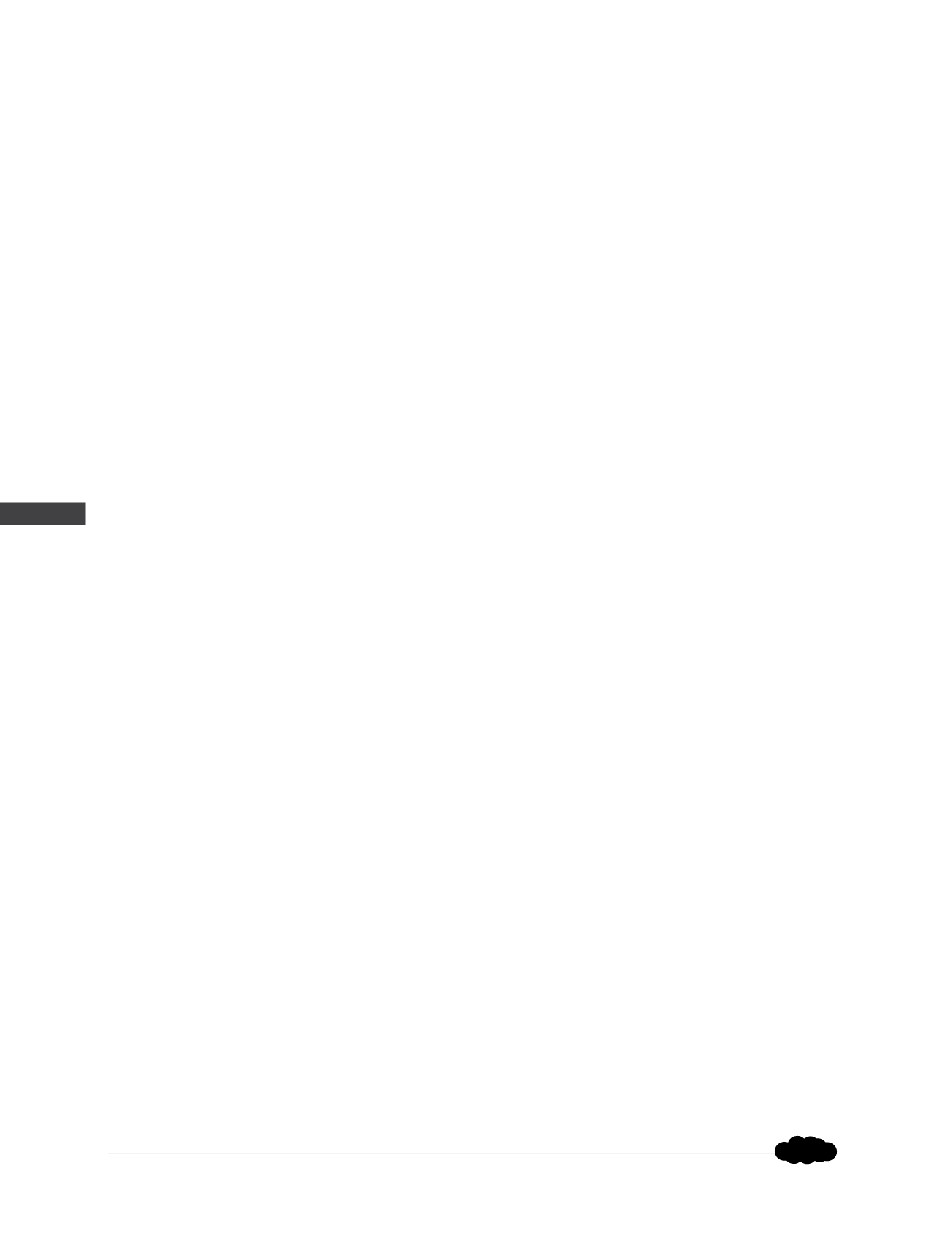

© 2014 Foundation Supportworks
®
,
Inc.
All Rights Reserved
p 280
APPENDIX 3D
MODEL SPECIFICATION – HYDRAULICALLY-DRIVEN PUSH PIER SYSTEMS
Chapter 3
Hydraulically-Driven Push Piers
2
REFERENCES
2.1 American Institute of Steel Construction (AISC)
2.1.1 AISC 360: Specification for Structural Steel Buildings
2.2 American Society for Testing and Materials (ASTM)
2.2.1 ASTM A36: Carbon Structural Steel
2.2.2 ASTM A123: Zinc Coating (Hot-Dip) on Iron and Steel Hardware
2.2.3 ASTM A500: Cold-Formed Welded and Seamless Carbon Steel Structural Tubing in
Rounds and Shapes
2.2.4 ASTM A513: Electric-Resistance Welded Carbon and Alloy Steel Mechanical Tubing
2.2.5 ASTM A572: High-Strength Low-Alloy Columbian-Vanadium Structural Steel
2.2.6 ASTM B633: Electrodeposited Coatings of Zinc on Iron and Steel
2.2.7 ASTM D1143: Deep Foundations Under Static Axial Compressive Load
2.3 Council Evaluation Services (ICC-ES)
2.3.1 Acceptance Criteria 358 (AC358): Acceptance Criteria for Helical Pile Systems and
Devices
2.3.2 Acceptance Criteria 406 (AC406): Acceptance Criteria for Belled Segmented Pipe
Foundation Systems and Devices
3
DEFINITIONS
3.1 The following terms apply to push piers used to support compressive loads.
3.1.1 Allowable Stress Design: A structural and geotechnical design methodology that states
that the summation of the actual estimated loads (nominal loads) must be less than or
equal to the allowable design load (required strength). Allowable loads are obtained by
dividing a nominal resistance (strength) by an appropriate factor of safety.
3.1.2 Bearing Stratum: The soil layer (or layers) that provide the push pier end bearing
capacity.
3.1.3 Design Loads: A generic and ambiguous term used to describe any load used in design.
It is not specific to factored or unfactored loads or any particular design methodology.
It is a term; therefore, that should be avoided when specifying load requirements. FSI
recommends using the term service load, nominal load or factored load, as described
herein, where applicable.
3.1.4 Design Strength: A term used in structural design which is defined as the product of the
nominal strength and the applicable resistance factor. An equivalent term typically used
in geotechnical design is, also sometimes referred to as factored resistance (Load and
Resistance Factor Design).
Rev. 10/14/16












